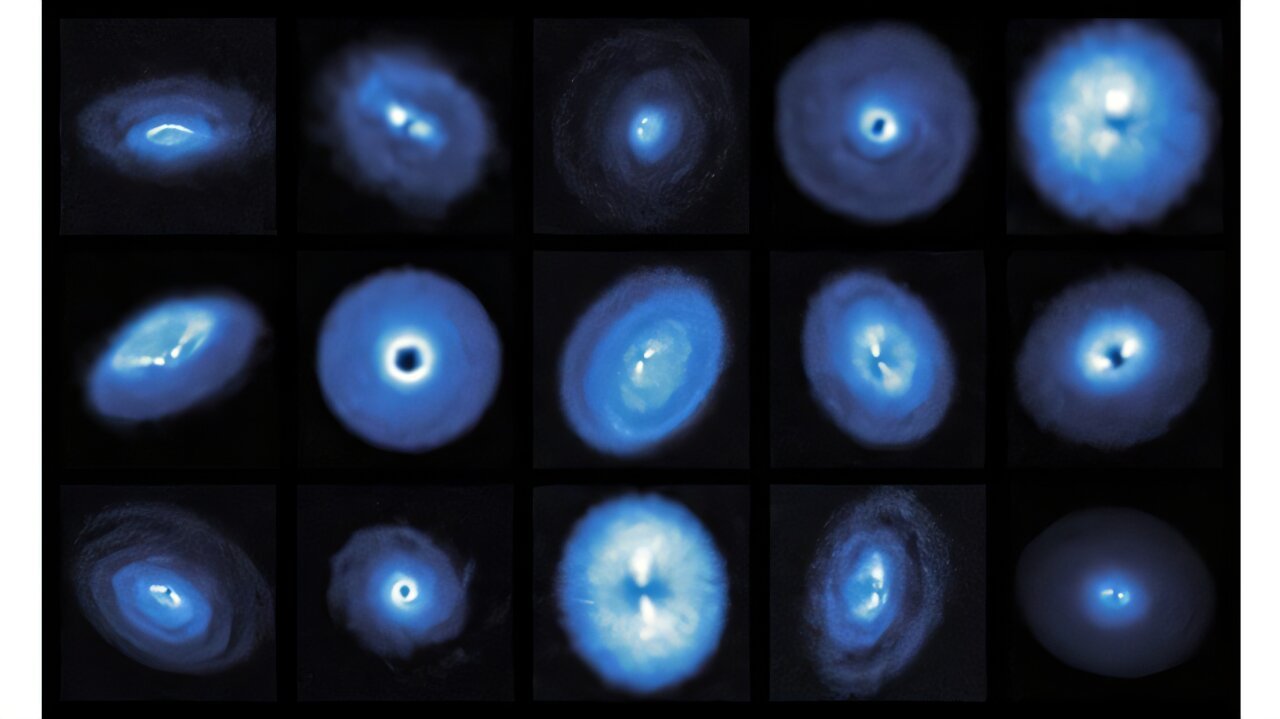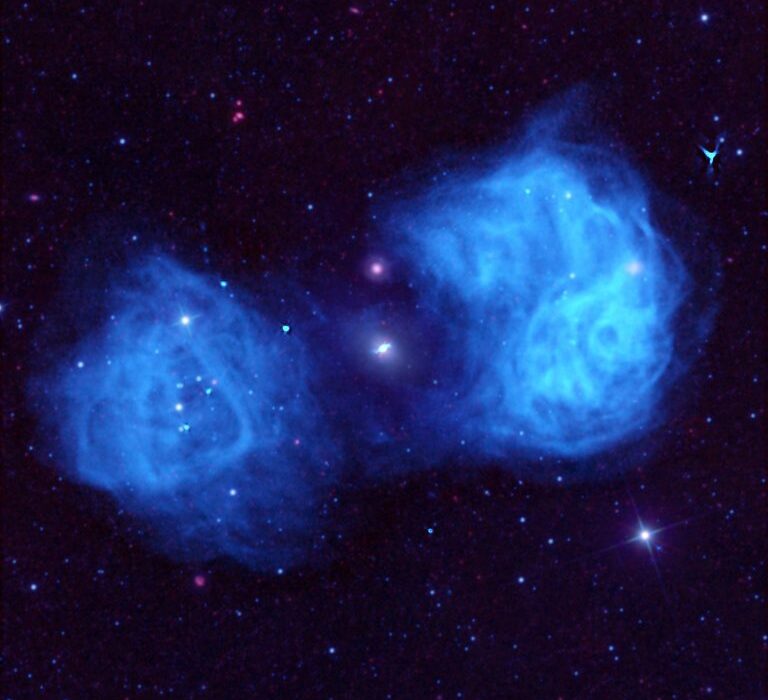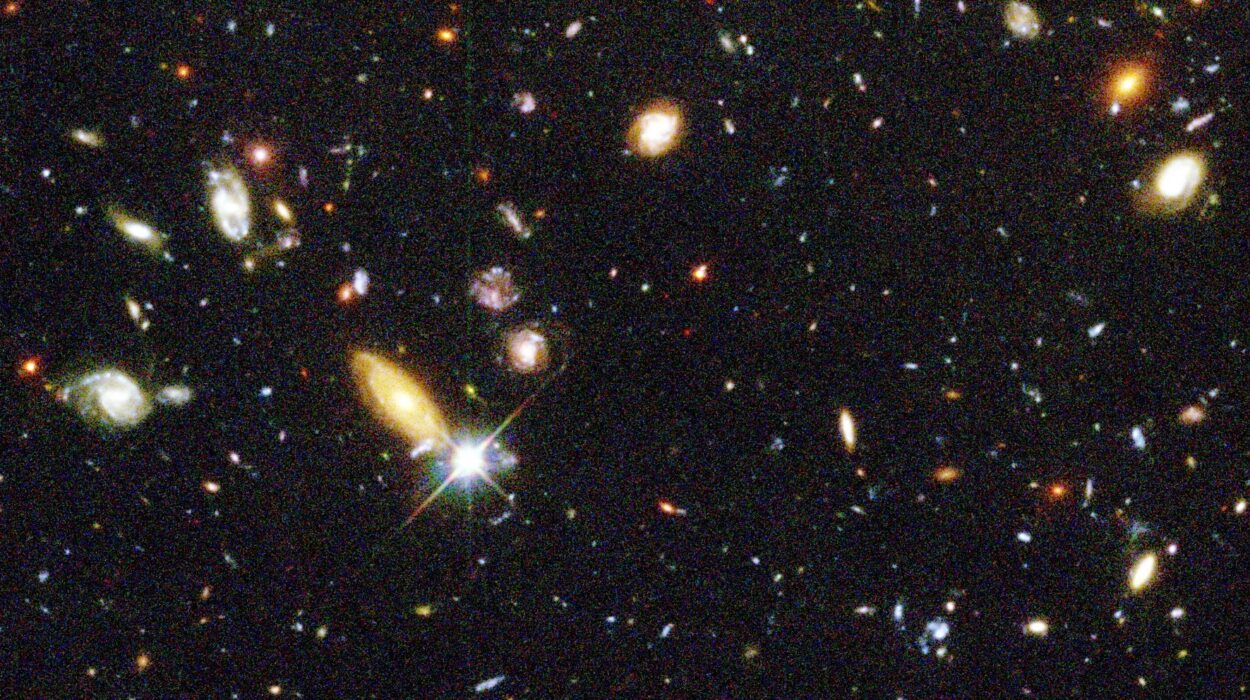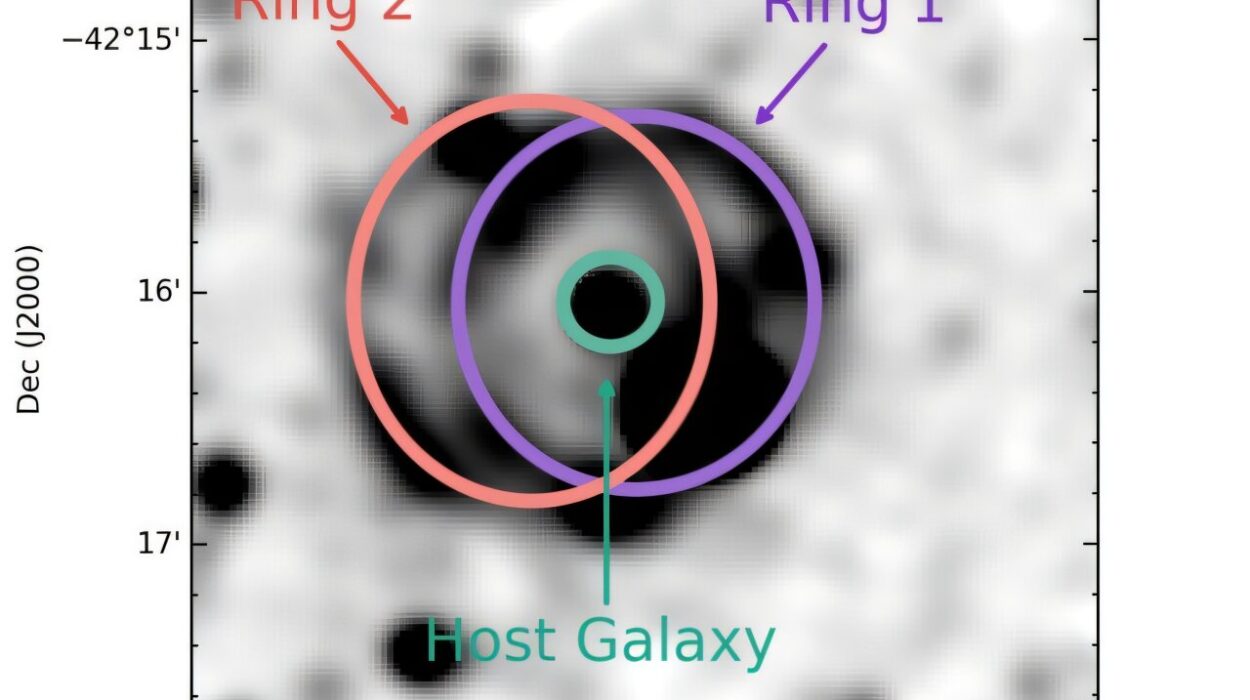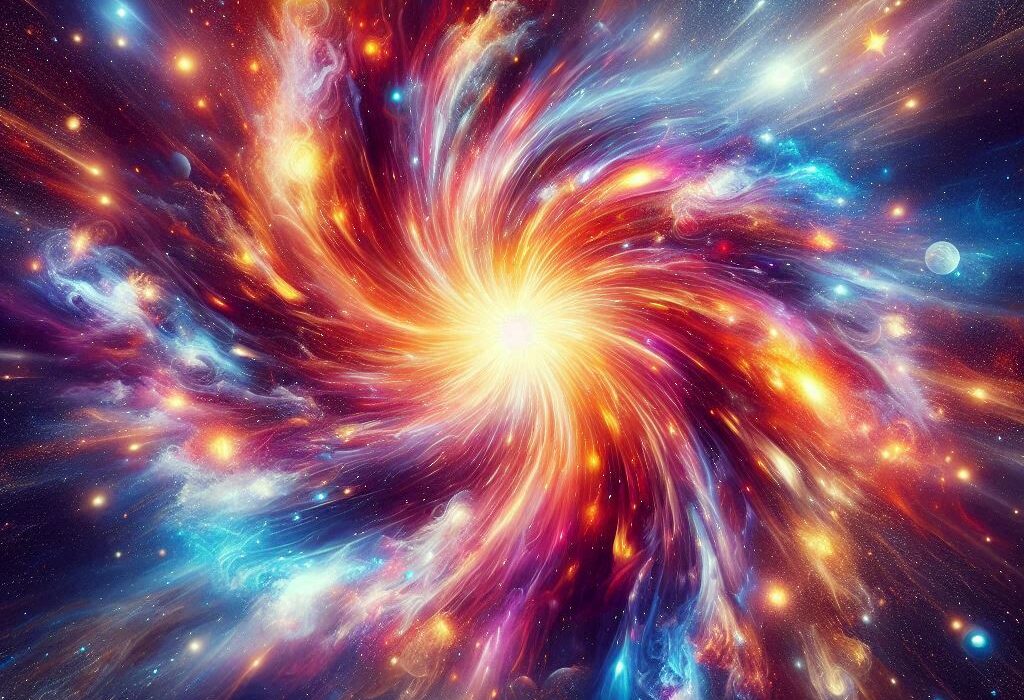In the quiet deserts of Chile, beneath some of the clearest skies on Earth, a remarkable discovery has unfolded that may reshape how humanity understands the origins of worlds. A team of astronomers, led by researchers at Monash University in Australia, has uncovered compelling evidence of five nascent exoplanets—so young, they are still gathering mass from the swirling disks of gas and dust that birthed them. These cosmic infants are among the youngest planets ever observed, revealing a snapshot of planetary evolution in its earliest stages.
This groundbreaking revelation comes from the international exoALMA project, a collaboration of astronomers using the Atacama Large Millimeter/submillimeter Array (ALMA), the world’s most powerful telescope for probing cold, dusty regions of space where stars and planets are born. The results have been published in 17 separate papers in the prestigious Astrophysical Journal Letters, marking the first major wave of findings from exoALMA—and a monumental leap in our understanding of planetary genesis.
A Technique Born from Patience and Precision
At the heart of this discovery is a novel observational technique developed over the course of seven painstaking years by Associate Professor Christophe Pinte of Monash University. While conventional exoplanet detection relies on observing a planet’s own light or the dimming of a star as a planet transits, Pinte’s method does something far more subtle. It looks not for the planets themselves, but for the disturbances they cause in their natal environment.
“It’s like trying to spot a fish by watching for ripples on the surface of a pond, rather than trying to see the fish directly,” Pinte explained. “This allows us to detect much younger planets than ever before, so we can learn a lot more about how they grow and evolve.”
This approach enables astronomers to bypass the visual obstructions posed by dense clouds of gas and dust surrounding young stars. These clouds usually shroud planets in their earliest phases, making direct imaging nearly impossible. But by studying the disk’s shape, flow, and distortions, the exoALMA team can infer the presence of a planet—much like watching the pattern of wind in wheat fields to spot where something is hiding.
Witnessing the First Flickers of Planetary Life
The five young exoplanets discovered by the exoALMA team are each located in star-forming regions hundreds of light-years away. They reside within protoplanetary disks—vast rotating structures of gas and dust that orbit young stars. These disks are the cradles of planet formation, where grains of dust gradually clump together, grow, and eventually ignite into fully fledged worlds.
What makes these newly discovered planets so special is their age. At just a few million years old, they are embryonic compared to Earth’s 4.5-billion-year history. Their discovery suggests that planets can emerge much faster than previously thought.
“A key finding of exoALMA is that planets form quickly, in less than a few million years, and in surprisingly dynamic environments,” said Pinte. “There are many physical mechanisms at play, and it’s far from the serene, slow process we once imagined.”
A Revolution in Exoplanet Science
For decades, astronomers have catalogued exoplanets—worlds beyond our solar system—using telescopes both on Earth and in space. Over 5,000 exoplanets have now been confirmed. Yet almost all of these are mature, long-formed systems. Their distant orbits and evolved atmospheres offer little insight into how they were shaped in their infancy or how the chaotic dance of formation unfolded.
Monash Professor Daniel Price, who co-developed the technique with Pinte, emphasized the value of finally seeing planets in their formative years.
“We have discovered more than 5000 exoplanets to date, but they are all mature systems,” Price said. “This has left us with little understanding of how they formed or why they differ so drastically from our own solar system.”
With exoALMA’s early results, a new frontier is opening. These discoveries are not just about seeing the end product; they are about watching the creation unfold in real time.
Shining Light on Our Cosmic Origins
Understanding how other planets form sheds light on our own beginnings. Earth, too, was once a mass of molten rock collecting material from a protoplanetary disk around the newborn Sun. But exactly how this process took place—and why the solar system took the shape it did—remains a central mystery in planetary science.
“The technique we have developed is a remarkable leap forward for astronomy,” said Professor Price, “and opens up lightyears of new possibilities for future discoveries.”
By studying the architecture of these young planetary systems, scientists can begin to piece together why some planets form as gas giants and others as rocky terrestrials. They can explore how planetary migration affects system structure and why so many exoplanets orbit close to their stars, unlike those in our solar system.
Peering Into the Future of the Cosmos
The implications of exoALMA are vast. Not only does this project help answer longstanding questions, but it also generates new ones. What determines the final mass and composition of a planet? How early can life-supporting conditions emerge? Could we one day watch the birth of a potentially habitable world?
With many more discoveries expected, and all data from the project being made publicly available, the ripple effect across the scientific community is likely to be profound. The publication of 17 papers in one journal is just the beginning; a cascade of insights will follow as astronomers worldwide dig into the images and measurements captured by ALMA.
Moreover, the exoALMA project is an inspiring example of international cooperation in astronomy. From the dry plateaus of Chile to research labs in Australia, Europe, and beyond, the effort unites humanity in a shared quest to understand our place in the universe.
A Glimpse Into Creation’s Furnace
In a universe teeming with mystery, few processes are as powerful or poetic as the birth of a planet. To observe it happening—across gulfs of space and time—is to witness cosmic alchemy. Dust becomes stone, stone becomes world, and world may one day harbor life.
The exoALMA project has offered us not just a glimpse of otherworldly birthplaces, but also a tool—a method of seeing the unseen, of reading the ripples that betray a newborn planet’s secret stirrings.
In doing so, we are reminded that the cosmos is not a static gallery of completed works but a living, breathing masterpiece in motion. Somewhere out there, even now, more baby planets are forming. Thanks to the pioneering work of astronomers like Pinte and Price, we are now listening to their first cries.
Reference: Focus on exoALMA. Astrophysical Journal Letters iopscience.iop.org/collections/Focus-on-exoALMA
